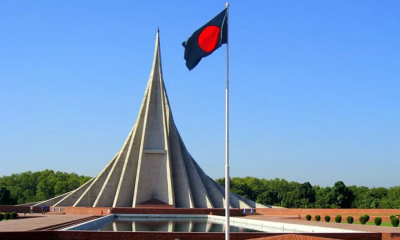UNHCR, the UN Refugee Agency in partnership with the Liberation War Museum in Dhaka commenced a three-week photo exhibition titled "Anra Rohingya" or "We are Rohingya" to mark World Refugee Day, showcasing photos taken by Rohingyas and providing an intimate glimpse into life for people living in the largest camp in the world.
Based on the Rohingyatographer magazine showcasing the photographs of 10 talented Rohingya artists living in Rohingya camps in Cox's Bazar, this exhibit allows visitors to learn more about the Rohingya who have found refuge in Bangladesh, after fleeing violence and persecution in Myanmar, a UNHCR press release said.
More than 50 percent of Rohingyas in Bangladesh are children under the age of 18 with no access to formal education, and very limited access to skill development activities or higher education.
Amid the harsh conditions in the camps, many young Rohingyas have a strong commitment to learn skills and to teach others. Art and photography are for them a mode of expression, to deal with emotions and feelings in a positive way and ease the trauma they have experienced. Photography is also a way of keeping their culture and history alive, by documenting their community's daily lives.
Curated by David Palazn and Amena Khatun, this photographic exhibit explores themes of memory, hope, dreams, faith, beauty, craftsmanship, grief, loss, and love among the Rohingyas through 50 photographs.
Additionally, 11 photographs from the Liberation War Museum archives have generously been included, showing the lives and stories of Bangladeshi nationals, who in 1971 were forced to flee and live as refugees in India, during the Liberation War.
The exhibit shows how the lived memories of millions of Bangladeshis uprooted during the Liberation War, inspired the generosity of Bangladeshis who now host nearly one million persecuted Rohingyas from neighbouring Myanmar.
The 'Anra Rohingya' exhibition will remain open from June 20 to July 8 at the temporary exhibition hall of the Liberation War Museum.




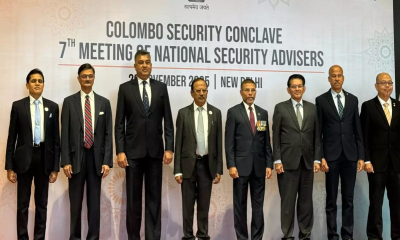
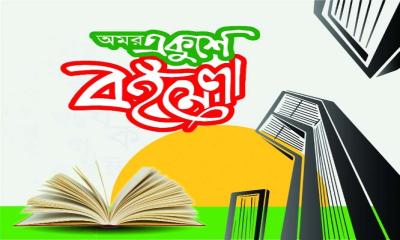
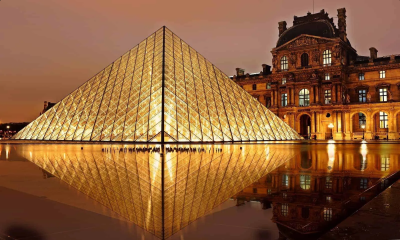

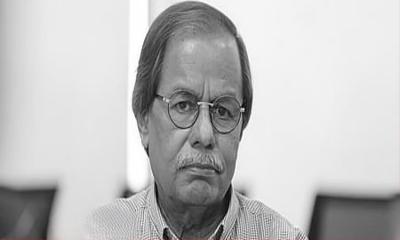

-20251220073333.jpeg)
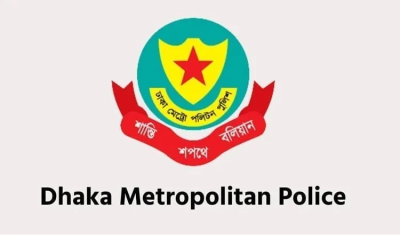
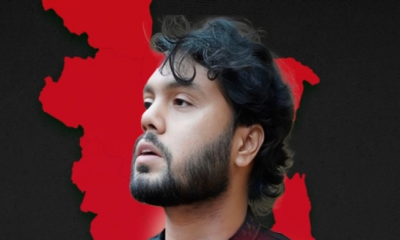
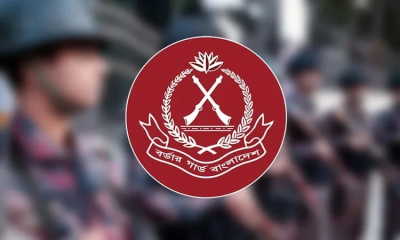
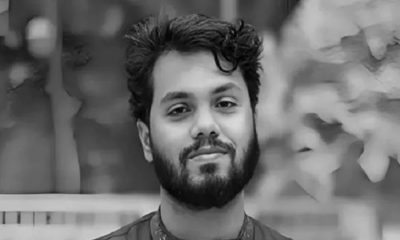
-20251219122251.jpeg)
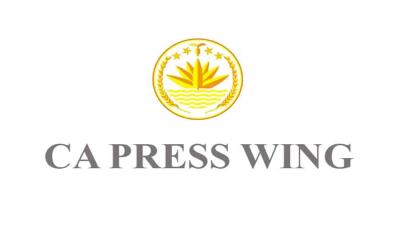
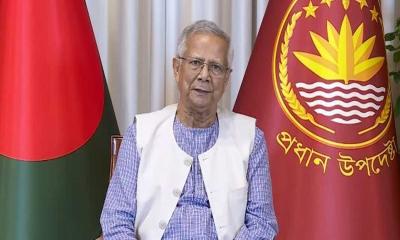
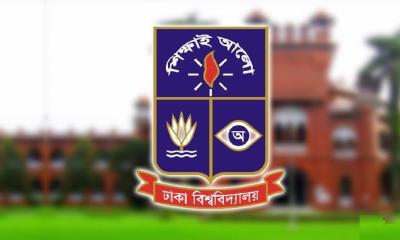
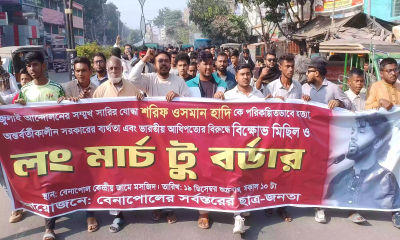
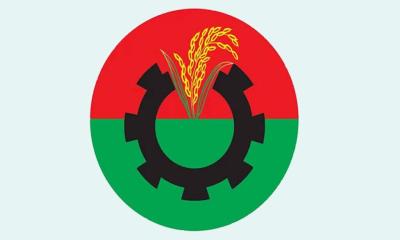
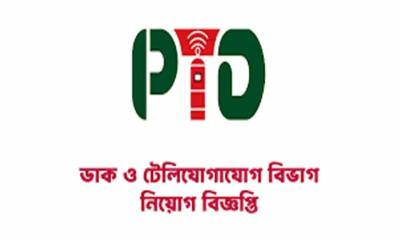
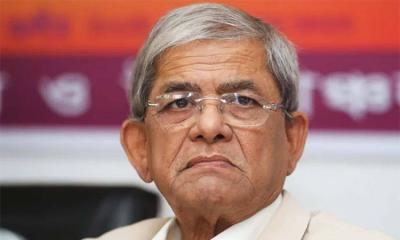
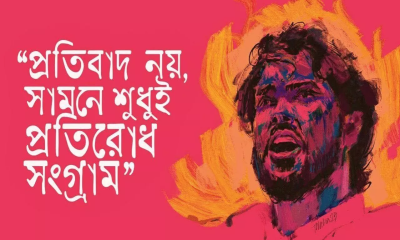
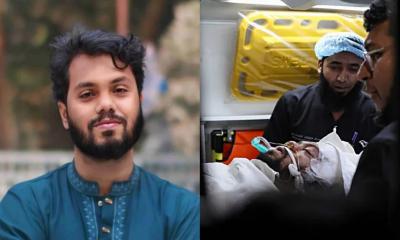
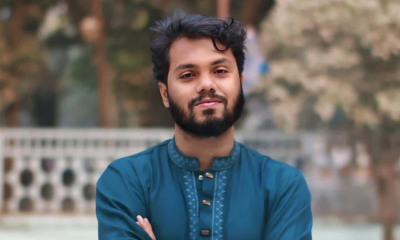
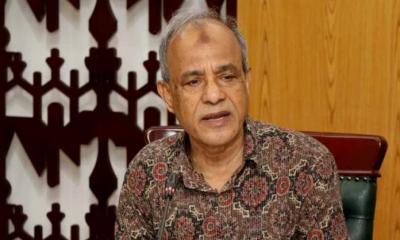

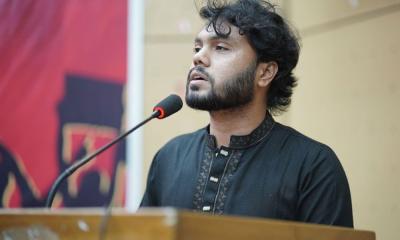
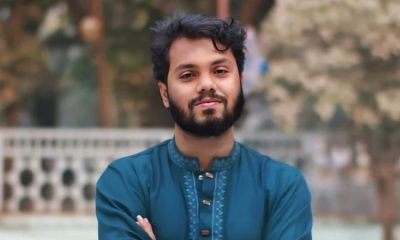
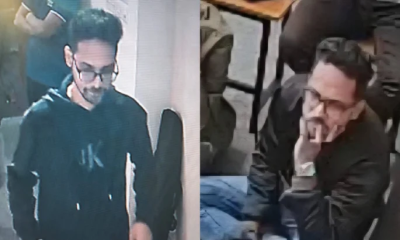
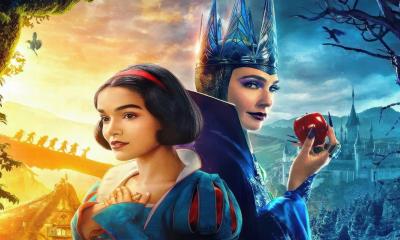
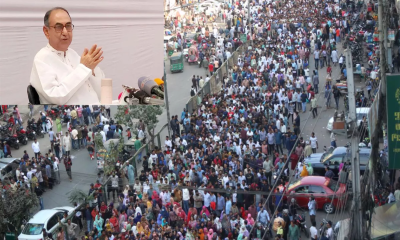
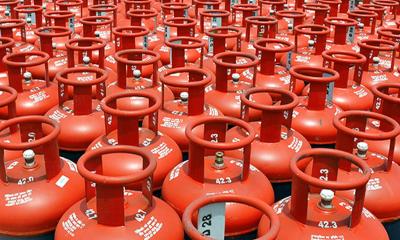
-20251218165258.jpeg)
-20251216090625.jpeg)

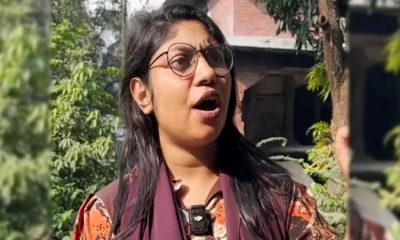
-20251216054240.jpeg)
